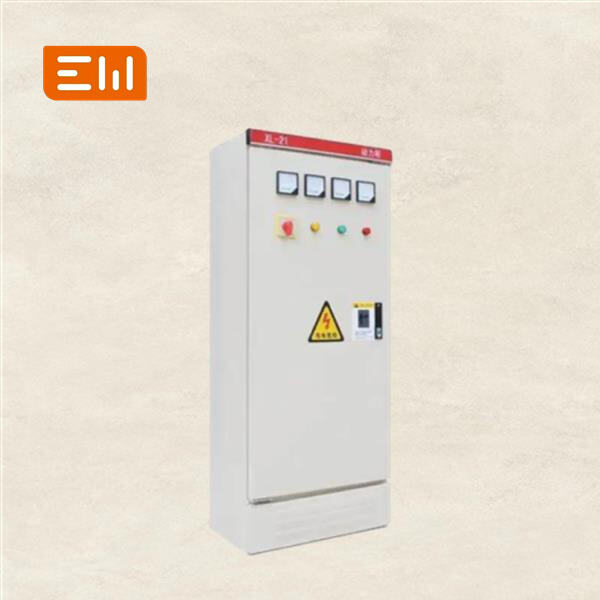Electrical switchgear diagrams are akin to maps that indicate how electricity needs to flow through a building. And knowing how to read these diagrams can help us stay safe and the process to run smoothly. In this article you can explore the elements of an electrical switchgear diagram and how to read them.
An electrical switchgear diagram is a visual representation showing all the various components of an electrical system. It’s something that looks like a puzzle, with lines and symbols denoting various things like wires, switches and sources of power. These maps are significant because they show electricians how to install and repair electrical systems.
The circuit breaker is one of the key components of an electrical switchgear circuit diagram. It’s akin to a gate that can block the flow of electricity if something is amiss. Another critical element is the transformer, which alters the voltage of electricity so that it can be deployed safely. There are also switches, fuses and meters to facilitate the control and measurement of the electricity.

When you’re wading through an electrical switchgear diagram, it’s helpful to imagine the flow of electricity as the direction of water in a river. There are lines between different sections to indicate how they link. Symbols are employed to depict switchgear and transformers. If we learn what the symbols mean and then follow the lines, we can learn how electricity makes its way through the circuit.

The electricity switchgear diagrams vary depending on the industry. One popular form is a one-line diagram, which illustrates the primary components of a system in a simplified manner. That type is the wiring diagram, which illustrates how wires are connected to each other. These diagrams help electricians figure out how the system is wired and how to make repairs if necessary.

Good labeling and arrangement are required in switchgear schematics. Each component should be clearly labeled so there is no ambiguity over its function. The diagram is also requiring to be connected in a logical manner, with everything in the right place. This helps make the diagram much easier for electricians to read and comprehend which in turn can help keep things operating smoothly and safely.